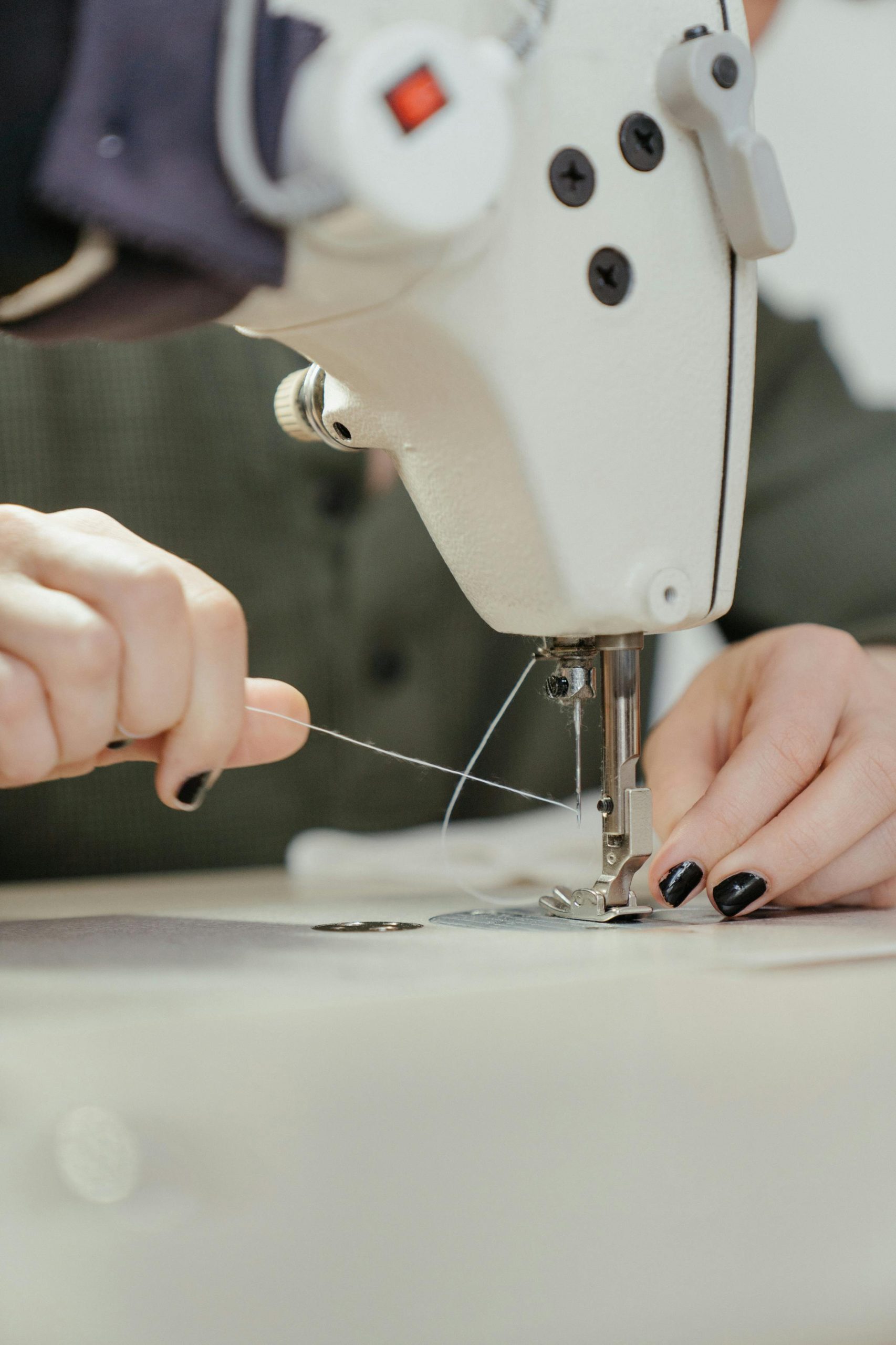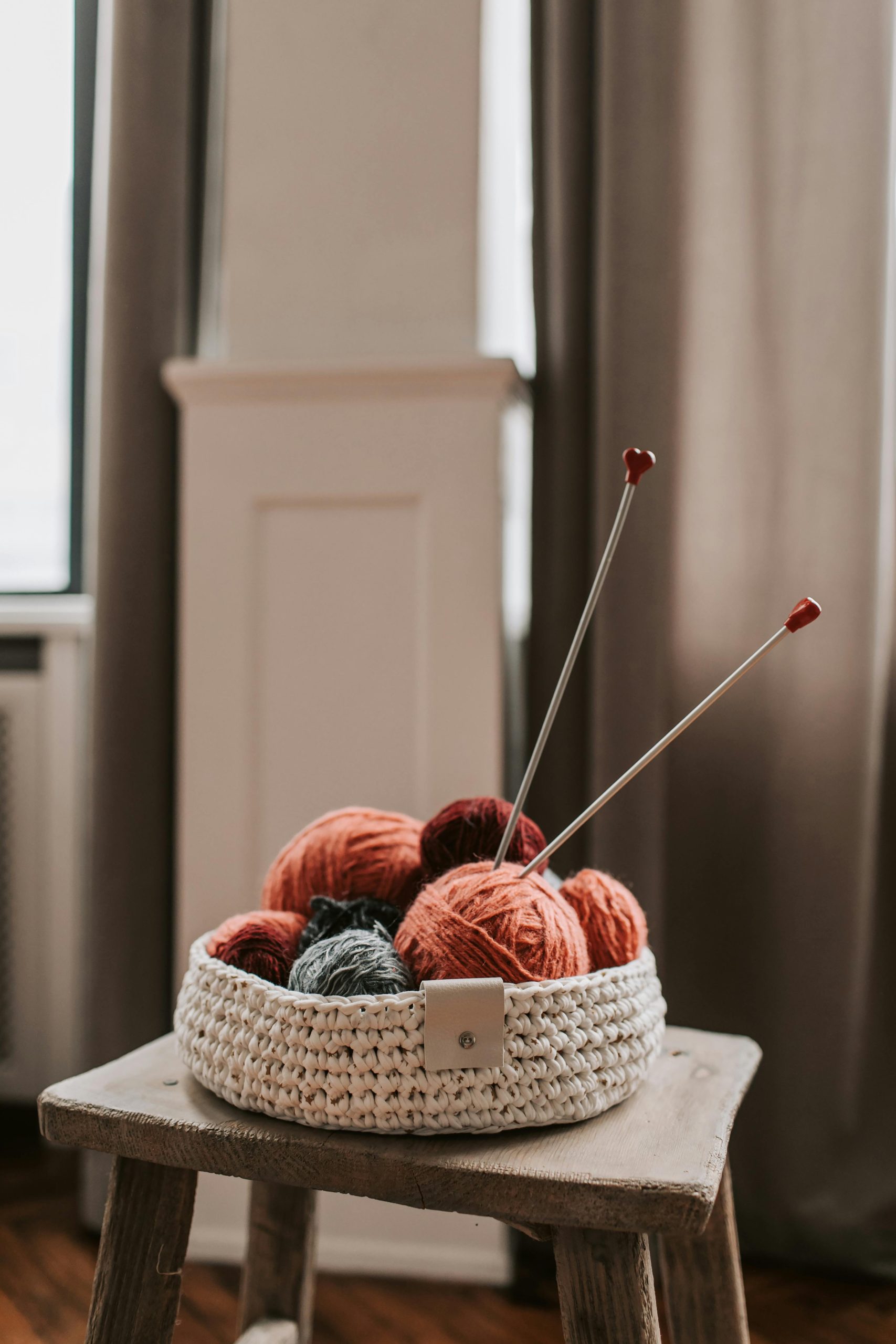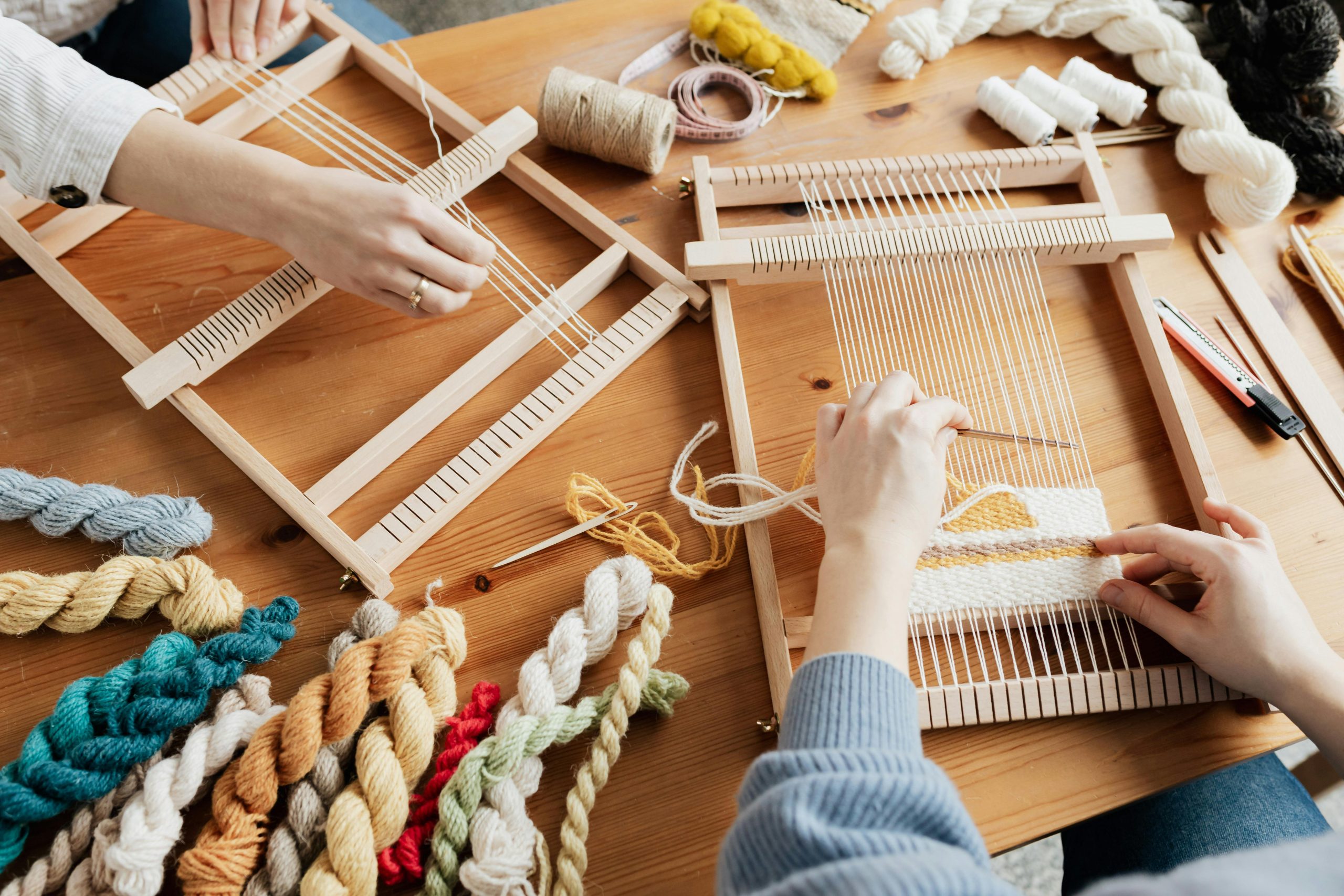For sewing enthusiasts who are planning to travel or relocate from the United States to the United Kingdom, a common concern is whether their US sewing machine will work in the UK. In this article, we will explore the compatibility of US sewing machines in the UK and discuss the key factors to consider when using a US sewing machine in a different country.
1. Voltage and Power Compatibility
The primary difference between electrical systems in the US and the UK is the voltage and frequency of the electricity supply. In the US, the standard electrical voltage is 120 volts at a frequency of 60 Hz, while in the UK, the standard voltage is 230 volts at a frequency of 50 Hz. This voltage and frequency difference can affect the compatibility of US sewing machines in the UK. Here are some key points to consider:
- Voltage: US sewing machines are typically designed to operate at 120 volts. Plugging a US sewing machine directly into a UK power outlet with a higher voltage can potentially damage the machine’s electrical components.
- Plug Type: The plug type used in the US is different from the plug type used in the UK. US plugs have two flat pins, while UK plugs have three rectangular pins. Adapters or converters may be needed to connect the US sewing machine to a UK power outlet.
- Power Frequency: US sewing machines are designed to operate at a frequency of 60 Hz. Plugging a US sewing machine into a UK power outlet with a different frequency (50 Hz) can affect its performance and may cause issues such as motor speed variations.
- Power Converters: Power converters or transformers can be used to adjust the voltage and frequency of the electricity supply to match the requirements of the US sewing machine. However, it’s important to choose a converter that is suitable for the power consumption of the sewing machine to prevent overheating or damage.

2. Sewing Machine Features and Compatibility
Aside from the electrical considerations, there are other features and factors to take into account when using a US sewing machine in the UK:
- Motor Compatibility: The motor of a US sewing machine may not be designed to operate at the different frequency of the UK power supply. This can result in the motor running at a different speed than intended, potentially affecting the machine’s performance.
- Stitch Settings: US sewing machines often have stitch settings calibrated for the US market. While the basic stitches should work without issues, there may be differences in stitch length, tension, or other settings that could require adjustment when using the machine in the UK.
- Accessories and Attachments: US sewing machines may come with specific accessories and attachments that are designed for use with the machine’s features and specifications. It’s important to ensure that these accessories are compatible with the machine and can be used in the UK.
- Warranty and Service: It’s worth considering the warranty and service options for the US sewing machine if it is used in the UK. Some manufacturers may have international warranty coverage or authorized service centers in the UK, while others may not provide the same level of support.

3. Considerations and Solutions
When using a US sewing machine in the UK, there are several considerations and potential solutions to ensure compatibility and optimal performance:
- Check the Machine’s Specifications: Before using a US sewing machine in the UK, carefully review the machine’s user manual or specifications to determine if it is compatible with different voltage and frequency standards.
- Use a Voltage Converter: If the sewing machine is not compatible with the UK power supply, consider using a voltage converter or transformer that can adjust the voltage and frequency to match the machine’s requirements. Ensure that the converter is suitable for the machine’s power consumption.
- Obtain a UK-Compatible Sewing Machine: If the voltage and frequency difference poses significant compatibility issues or if you plan to use the sewing machine extensively in the UK, it may be more practical to purchase a sewing machine designed specifically for the UK market.
- Consult with a Professional: If you have concerns about the compatibility of your US sewing machine in the UK, it is advisable to consult with a professional electrician or sewing machine technicianwho can provide expert guidance and assistance in ensuring the safe and proper use of the machine.
- Consider Purchasing a New Power Cord: If your US sewing machine has a detachable power cord, it may be possible to purchase a UK-compatible power cord that can be easily swapped for the US cord. This can eliminate the need for adapters or converters.
- Adjust Stitch Settings: If your US sewing machine’s stitch settings are not calibrated for the UK market, you may need to experiment and make adjustments to achieve the desired stitch length, tension, and other settings.

Conclusion
Using a US sewing machine in the UK requires careful consideration of the voltage, frequency, and other compatibility factors. While it is possible to use a US sewing machine in the UK with the appropriate adapters, converters, or adjustments, it is important to ensure the safety and optimal performance of the machine. If in doubt, consult with professionals or consider purchasing a sewing machine designed specifically for the UK market. By taking the necessary precautions and making informed decisions, sewing enthusiasts can continue to pursue their passion even when moving between countries.
Leave a Reply